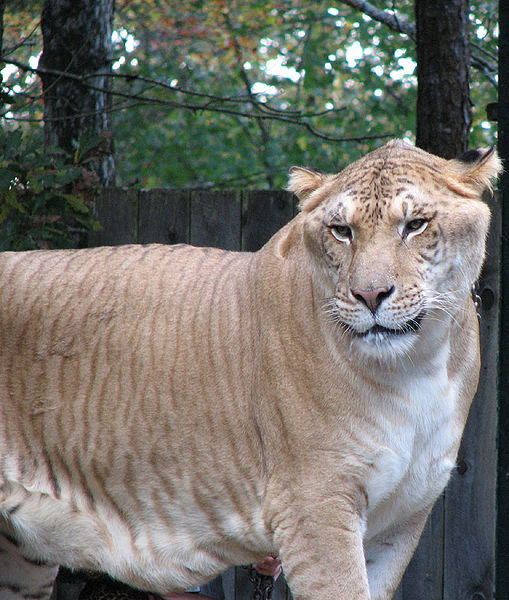The mule is a domestic equine hybrid between a donkey and a horse. It is the offspring of a male donkey and a female horse. The horse and the donkey are different species, with different numbers of chromosomes; of the two possible first-generation hybrids between them, the mule is easier to obtain and more common than the hinny, which is the offspring of a male horse and a female donkey.
Mule
Painting in the Tomb of Nebamun at Thebes, showing a pair of animals which could be mules or onagers
Ancient Greek rhyton in the shape of the head of a mule, made by Brygos, early fifth century BC, Jérôme Carcopino Museum, Aleria, Corsica
Mule and Ass by Hendrik Goltzius or Hieronymus Wierix, 1578
In biology, a hybrid is the offspring resulting from combining the qualities of two organisms of different varieties, species or genera through sexual reproduction. Generally, it means that each cell has genetic material from two different organisms, whereas an individual where some cells are derived from a different organism is called a chimera. Hybrids are not always intermediates between their parents, but can show hybrid vigor, sometimes growing larger or taller than either parent. The concept of a hybrid is interpreted differently in animal and plant breeding, where there is interest in the individual parentage. In genetics, attention is focused on the numbers of chromosomes. In taxonomy, a key question is how closely related the parent species are.
A mule is a sterile hybrid of a male donkey and a female horse. Mules are smaller than horses but stronger than donkeys, making them useful as pack animals.
Liger, a lion/tiger hybrid bred in captivity
Oenothera lamarckiana is a permanent natural hybrid, studied intensively by the geneticist Hugo de Vries. Illustration by De Vries, 1913.
Hybrid between Lady Amherst's pheasant (Chrysolophus amherstiae) and another species, probably golden pheasant (Chrysolophus pictus)








